
Seedheads nod in waves washing across a green ocean. Grazing those undulating expanses are herbivores in their dozens, even hundreds, glancing up periodically to scan the horizon. A well-camouflaged predator peers hungrily from the shade of a lonely tree. It’s a seemingly timeless scene echoed in national parks the world over – until you examine the fine detail.
Yellowstone’s bison and deer range over nearly 900,000ha, hunted by wolf, coyote and grizzly bear; the Serengeti’s vast grasslands are mown by a multitude of wildebeest and impala on their epic annual migration through some three million hectares of rolling savannah, stalked by lion, cheetah and leopard.
The sheep and cows of the Peak District – the UK’s first national park, established 70 years ago, on 17 April 1951 – graze discrete parcels of pasture within the park’s 140,000-odd hectares. You might, if you’re fortunate, spy a polecat, or a short-eared owl quartering moorland. One species you’ll certainly encounter is Homo sapiens: about 38,000 people live within the park’s boundaries, joined by more than 13 million visitors each year.
Denne historien er fra April 2021-utgaven av BBC Wildlife.
Start din 7-dagers gratis prøveperiode på Magzter GOLD for å få tilgang til tusenvis av utvalgte premiumhistorier og 9000+ magasiner og aviser.
Allerede abonnent ? Logg på
Denne historien er fra April 2021-utgaven av BBC Wildlife.
Start din 7-dagers gratis prøveperiode på Magzter GOLD for å få tilgang til tusenvis av utvalgte premiumhistorier og 9000+ magasiner og aviser.
Allerede abonnent? Logg på

SNAP-CHAT
Justin Gilligan on giant spider crabs and holding hands with an octopus
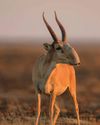
STEPPE CHANGE
Herds of saiga have returned to Kazakhstan, but there's a fine balance to tread
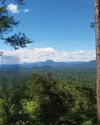
TREES FOR LIFE
Community is at the heart of conservation in the tropical forests of southern Belize
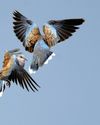
WHEN DOVES CRY
Turtle doves are now the UK's fastest declining bird species, but the RSPB is on a mission to save them

SURVIVAL OF THE CUTEST
We can't help being drawn to cute creatures, but our aesthetic preferences both help and hinder conservation
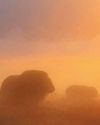
LIGHT ON THE NORTH
Spectacular images of Arctic foxes, reindeer and musk oxen reveal the wild beauty and diversity of Scandinavia
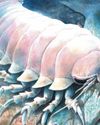
ROLLING IN THE DEEP
The super-sized crustacean that lives in the deepest, darkest ocean
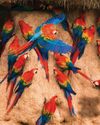
LET'S GET TOGETHER
Clay licks deep in the Amazon explode in a riot of colour, with macaws the stars of the show

FEMALE OF THE SPECIES
To sponge or not to sponge? That is the question for the bottlenose dolphins (Tursiops aduncus) living in Shark Bay, Western Australia.
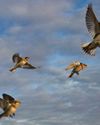
7 nature encounters for the month ahead
WITH NATURALIST AND AUTHOR BEN HOARE